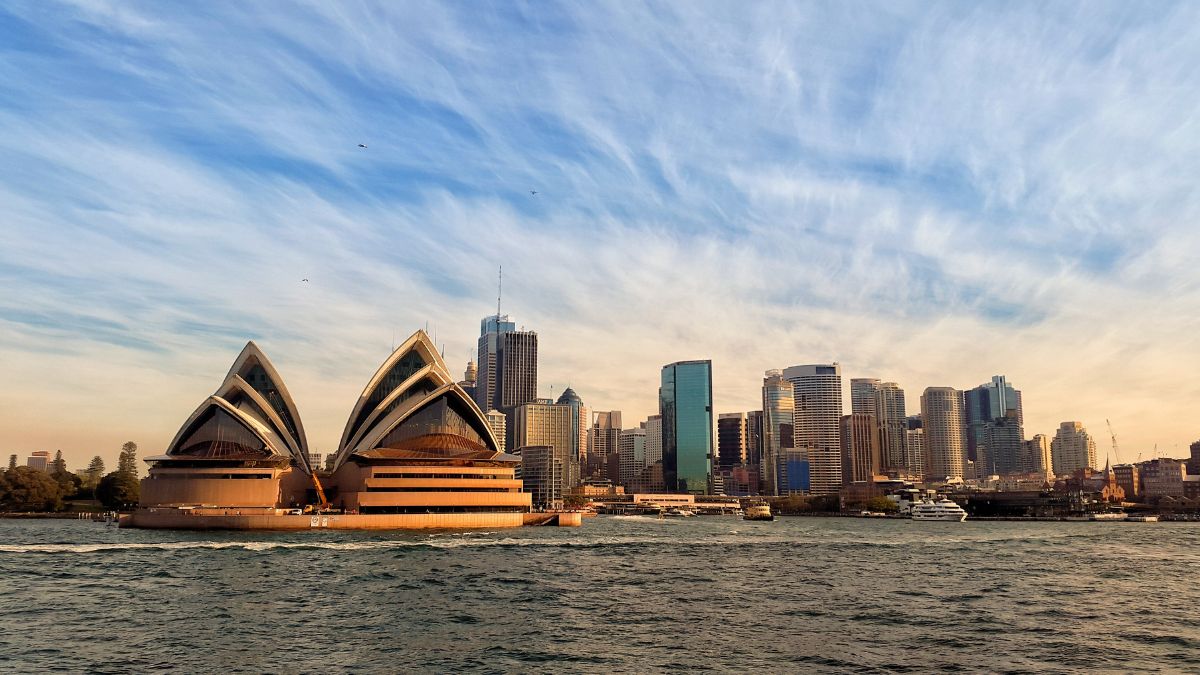Australia is currently experiencing two meteorological events at once, which might result in a dangerously hot and dry summer for parts of the nation. The Bureau of Meteorology has officially proclaimed an El Niño event in the Pacific Ocean, which is east of Australia. In addition to this, a potential Indian Ocean Dipole (IOD) is forming in the west.
El Niño Event In Australia
In eastern Australia, El Niño frequently brings drier and hotter than usual weather. Additionally, a positive IOD (Indian Ocean Dipole) typically results in lower-than-average rainfall across wide portions of the nation.
According to Karl Braganza, manager of climate services, when these two things occur together, that tends to increase the severity of rainfall deficiencies, especially for the south-east of the continent, over spring. He issued a warning that hot, dry weather was anticipated to last through the summer.
El Niño, which means “little boy” in Spanish, is a naturally occurring weather pattern. It causes the eastern Pacific Ocean to experience sea surface temperatures that are higher than average. Additionally, a decrease in the trade winds and a change in the atmospheric circulation.
Also Read: Shriya Pilgaonkar & Annushka Hardikar Explore Australia; Relish Yummy Food & Shop Cute Stationery
This causes higher temperatures in Australia, days with intense heat, as well as a higher danger of drought and wildfires, and is a significant contributor to climate change.
A Potential Indian Ocean Dipole Event
Additionally, the BoM has declared that an Indian Ocean Dipole (IOD) event is occurring. The rainfall is reduced as a result of this climate event, which often occurs in late autumn or winter. In basic terms, the combination of these two meteorological patterns results in the conditions that were present during the devastating summer of 2019–20, when bushfires ravaged parts of Victoria and New South Wales.
Although the consequences of an El Niño weather trend can extend up to two years, they typically continue between nine to twelve months. It’s anticipated that this El Niño phase will last at least through the end of February 2024.
The second part of the year will bring milder temperatures, less rain, and extended warm spells to Melbourne.
Also Read: Robert Irwin Introduces An Adorable Quokka At Australia Zoo; Netizens Are Reminded Of His Dad
During the early morning hours, the risk of frost might also rise when there are no clouds.
Cover Image Courtesy: Canva

